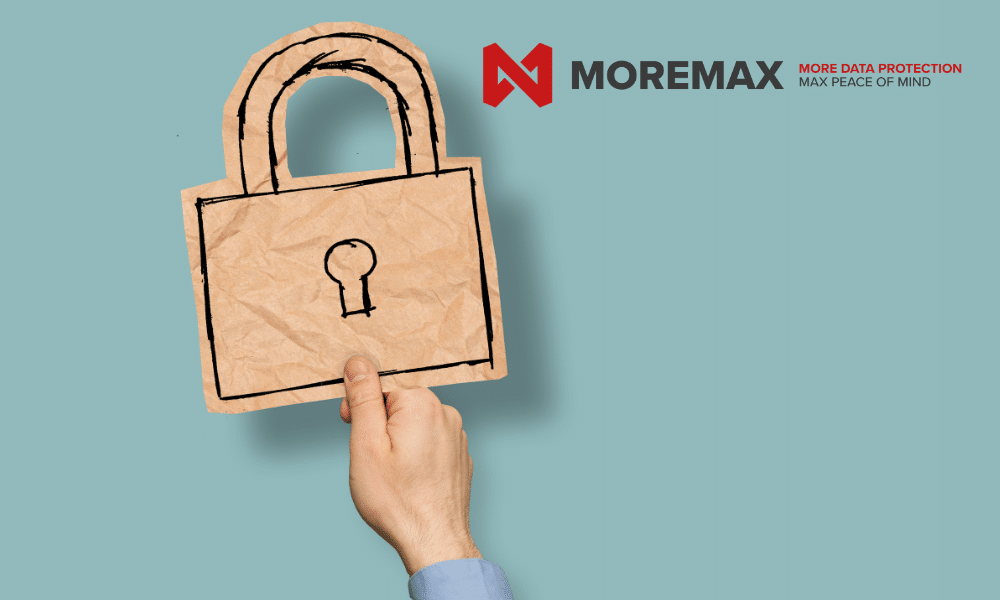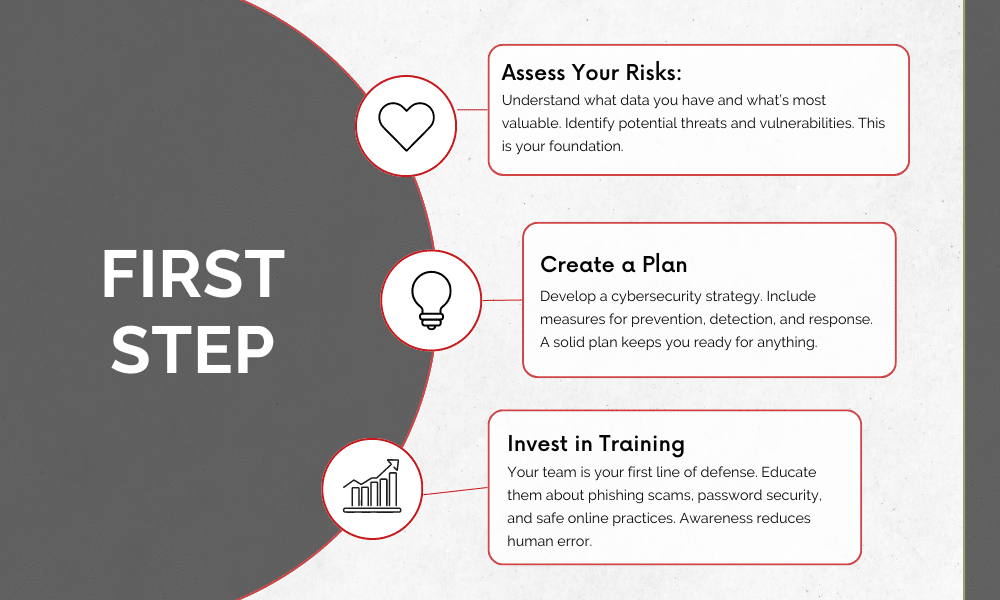
The recent incident with CrowdStrike underscores a crucial lesson: protecting your online presence is vital. Cybersecurity isn’t just a buzzword; it’s a necessity.
Now although this incident was not cyber related, it does make you think about it, doesn’t it?
Cyber threats, ranging from data breaches to ransomware attacks, can severely damage your business’s reputation, customer trust, and financial stability. Securing your online accounts is your shield against these risks.
So…“Where do I start?” Let’s break it down:
How to Protect Your Online Presence: First Steps
- Assess Your Risks: Understand the value of your data and identify potential threats. This is your starting point for securing your online presence.
- Create a Plan: Develop a comprehensive cybersecurity strategy. Include prevention, detection, and response measures. A solid plan prepares you for any threat.
- Invest in Training: Your team is crucial in protecting your online presence. Educate them on phishing scams, password security, and safe online practices to reduce human error.

Essential Actions to Protect Your Online Presence
- Install Antivirus Software: Antivirus software is your first defense against malware and viruses. Options like Norton, Bitdefender, and Kaspersky offer robust protection. Regular updates ensure these programs tackle the latest threats, keeping your online presence secure.
- Use Firewalls: Firewalls act as barriers between your internal network and external threats. They monitor and control network traffic, blocking harmful data while allowing trusted information to pass through. Regular updates are essential for adapting to evolving threats.
- Backup Data Regularly: Regular data backups are crucial for safeguarding your information against attacks and system failures. Store backups in secure, off-site locations to ensure you can recover swiftly in case of a cyber incident.
- Encrypt Sensitive Information: Encrypting data converts it into a code that unauthorized users cannot read. This is vital for protecting personal details and confidential communications. Use strong encryption algorithms and manage keys carefully to maintain robust protection.
- Implement Multi-Factor Authentication (MFA): MFA adds an extra layer of security by requiring multiple forms of verification. This reduces the risk of unauthorized access even if passwords are compromised.
- Update and Patch Systems: Keep your software up to date to fix vulnerabilities that could be exploited by cybercriminals. Regular updates and patches protect your system from new threats and ensure smooth, secure operation.
Ongoing Vigilance for Cybersecurity
Protecting your online presence is an ongoing effort. Regularly review and update your security measures. Conduct audits and tests to ensure everything is functioning correctly. Update passwords regularly to maintain security.

Responding to Incidents
Despite all precautions, breaches can occur. Have an incident response plan in place to contain breaches, minimize damage, and notify affected parties promptly. Quick and effective responses reduce the impact of cyber incidents.
Trust the Experts
Sometimes, professional help is needed. Consider partnering with cybersecurity experts to enhance your defenses and gain peace of mind.
Conclusion
The CrowdStrike incident was a wake-up call for many organizations, highlighting the importance of robust cybersecurity measures. Businesses have since strengthened their defenses, investing in advanced technologies and training to better protect their online presence.
To secure your business and future, start by assessing risks, creating a solid plan, and implementing essential actions. Stay vigilant and responsive to protect your online presence from cyber threats. Act now before it’s too late.


